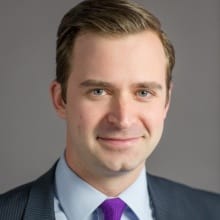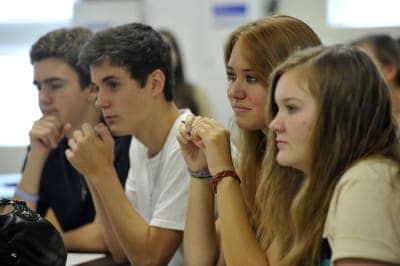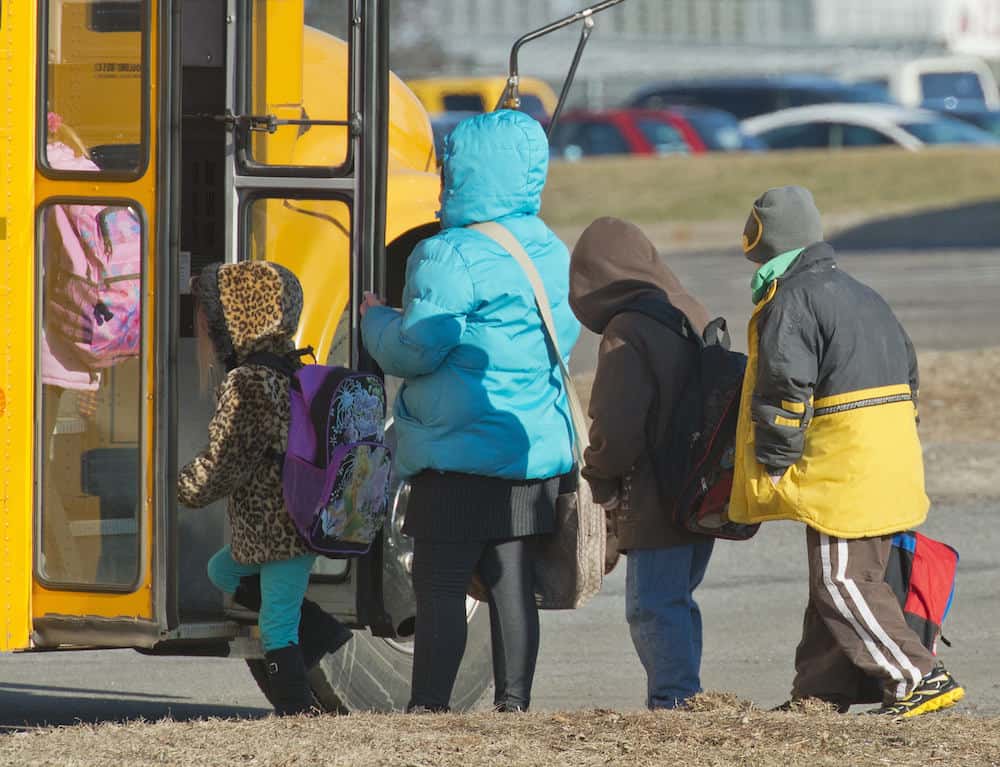

The children, maybe a couple dozen of them, stood in tight groups in the early morning darkness. A couple sported knit hats that had been yanked down over their ears. Most wore light jackets or hooded sweatshirts. Three huddled under a quilted comforter, probably dragged from a warm bed a few minutes earlier.
They were lined up at the Birchcroft Apartments, a cluster of beige, two-story buildings on Central Avenue about a mile and a half from Charlotte’s trendy Plaza-Midwood neighborhood, waiting for the school bus to take them to elementary school a few blocks away.
I passed these kids on my drive to work one morning a few weeks ago and haven’t been able to shake the image. It was a portrait of poverty in Charlotte-Mecklenburg Schools, and in classrooms across the state.
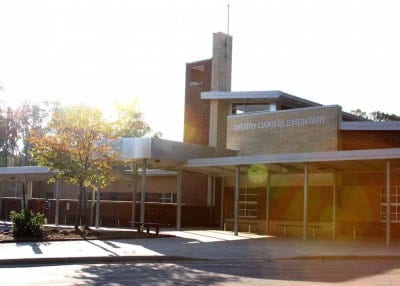

Nearly 94 percent of the students who attend that school, Merry Oaks International Academy, are classified as economically disadvantaged. They are part of the 53 percent of North Carolina public school students identified as low income by the Southern Education Foundation. That number is roughly in line with Charlotte-Mecklenburg Schools’ poverty level of 54 percent.
I was fortunate to grow up comfortably—with no concern about being warm or properly fed—and know that my family’s stable financial situation enabled me to succeed in school. So what about the other half of our county’s students? It doesn’t take much to imagine the difficulty a child has in the classroom when she is cold or hungry the moment she walks through the schoolhouse doors.
Our community received a wake-up call of sorts last year in the form of a much-discussed study by Harvard and the University of California at Berkeley. The report showed that upward economic mobility for children in Charlotte was more difficult than any of the 49 other largest American cities.
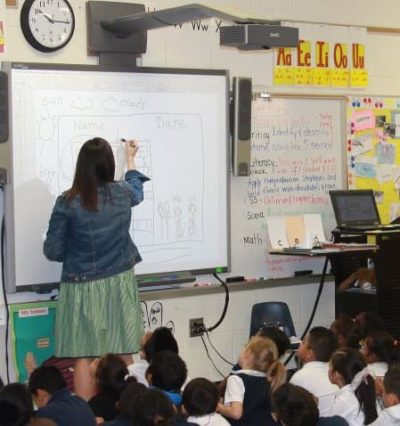

Mecklenburg County has created a task force to work on upward mobility issues throughout the next year. It is designed to bring together a host of independent anti-poverty efforts under one umbrella. “It’s going to be a deep-dive look at economic mobility in our community—or lack thereof,” Mecklenburg County Commission Chairman Trevor Fuller told The Charlotte Observer late last year. “We’re looking for enduring solutions that work.”
The county hasn’t picked the members for this task force, or set out a work plan, but addressing poverty’s impact on public education has to be part of the conversation. At last month’s State of Our Schools address, Charlotte-Mecklenburg school board Chairwoman Mary McCray listed poverty and homelessness among the items the district is struggling to address—through partnerships, innovative staffing plans and more resources.
But perhaps the first step, for CMS and for the county’s task force, is to increase poverty’s visibility for those of us who don’t see it every day. Had I left for work at my normal time, I would have missed the kids swaddled in the comforter at the bus stop.
But now, on cold mornings, those children are all I can think about.
